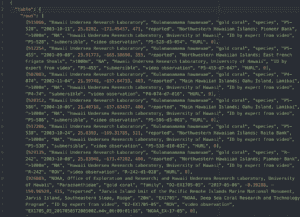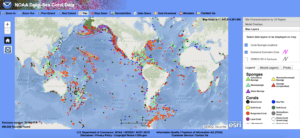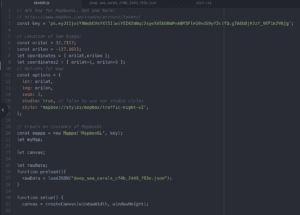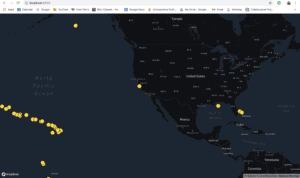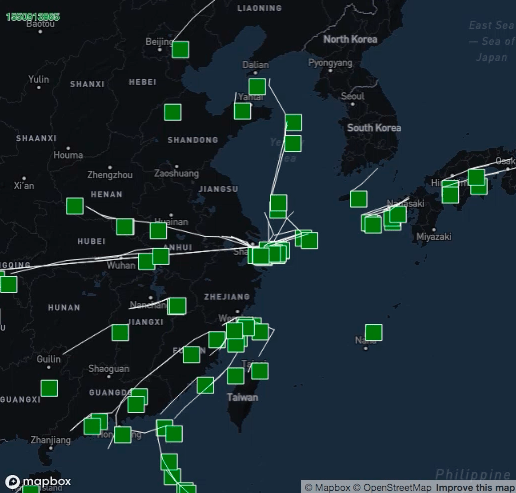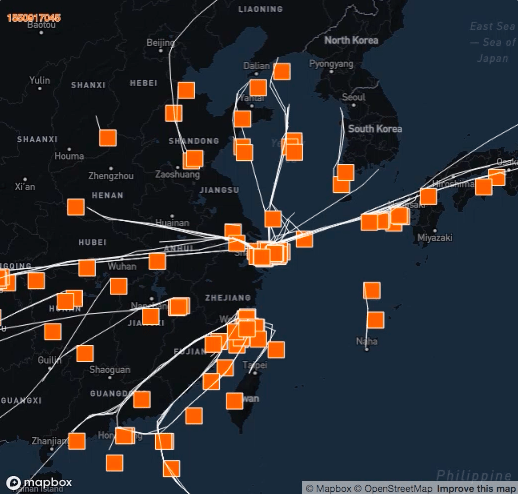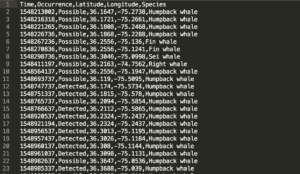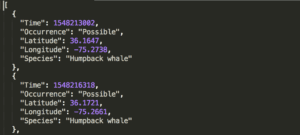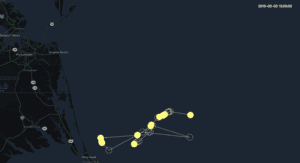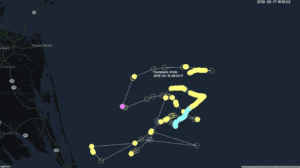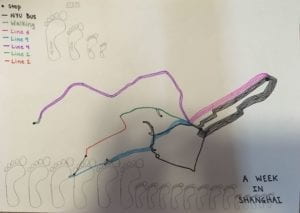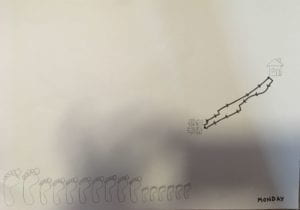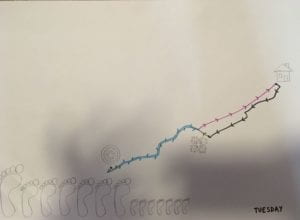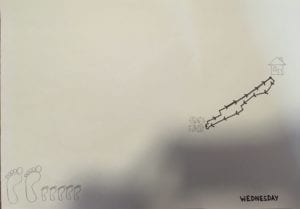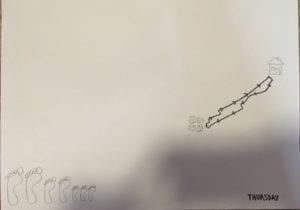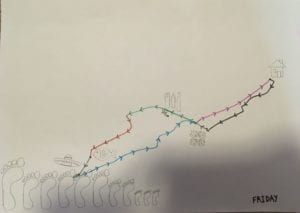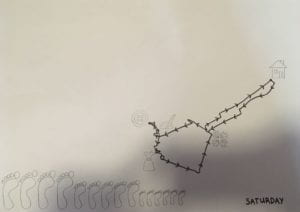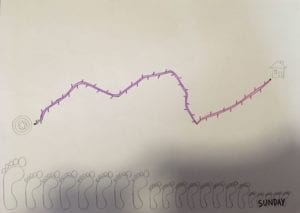A Four-Century Retrospective of Marine Fauna and Fisheries Around New York City
The authors provide a quite detailed picture of fishery industry in New York City by providing related information of the past four centuries. They point directly to the problem of overfishing that though species composition has changed relatively little, population sizes, and the mean size of individuals have greatly declined. It surprises me that facing such situation, government is still investing into the expansion of fisheries and promotion of
seafood consumption. However, I do acknowledge that this is a difficult problem to solve for governments worldwide. Overfishing does not seem to be a new problem and It is impossible to simply tell the population just stop consuming fish. The problem is how we deal with it. I recall a good example I saw on TV: fishing nets is made to suit the size of local species in a way that it would avoid small fishes that are still young.
WCS Informational Sheets
It is my first encounter with this organization and I am deeply impressed by what they are doing. I really appreciate the education program WCS founded for it is crucial important to educate children about the current natural situation on the planet. Since 1895, WCS gradually involved 60816 members. However, I do think this great organization should get more attention from the society and I believe it will.
The Ainu: Beyond the Politics of Cultural Coexistence
This article presents the charm of Ainu music and dances as well as their situation and struggle in Japan. It seems to me the Japanese government is trying to deny the existance of this minority by claiming there are “no pure Ainu people”. One culture can only be protected when it is acknowledged by the public. The first step to take for Japanese government is to recognize Ainu before it trys to protect its culture.
